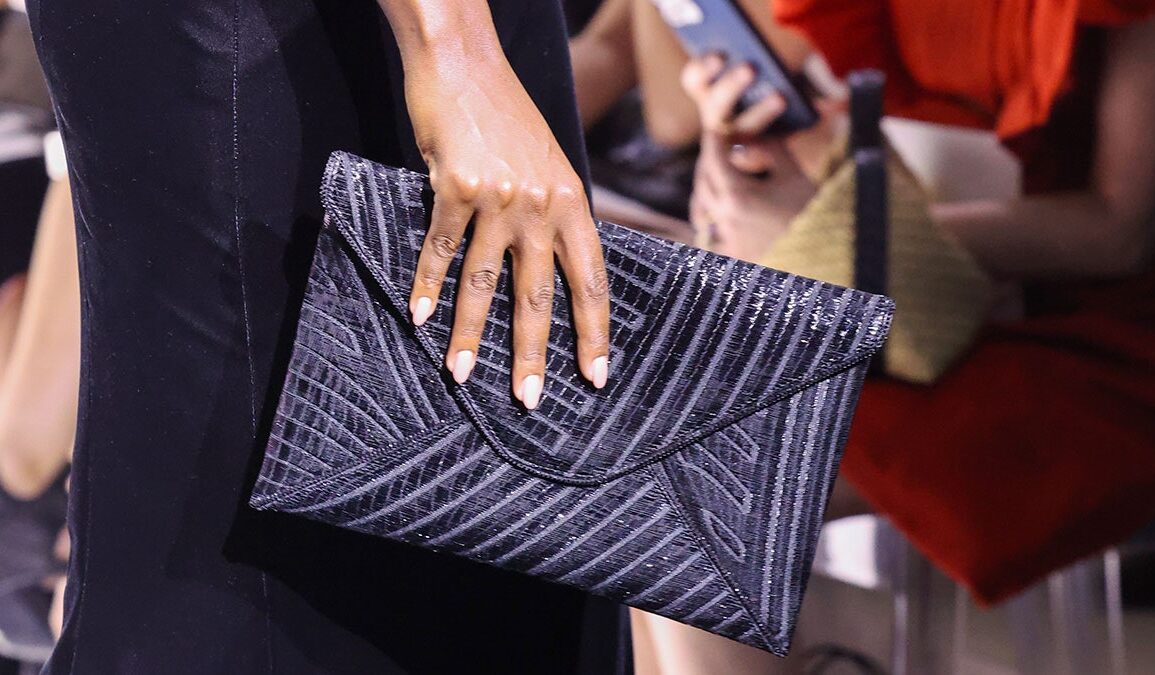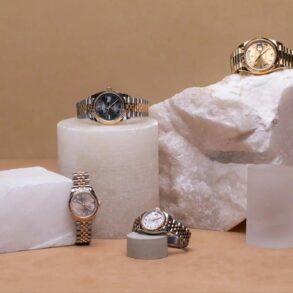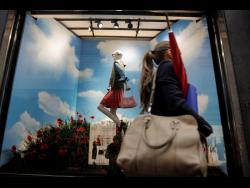
Glass Factory founder Will Lasry says factories must trust that agents are reporting “real production prices” — but there is a lot of disagreement. “Seasoned product developers report high prices, such as €40 production prices for simple garments like cut-and-sew T-shirts with minimal embellishment. Younger agents, by contract, are brash and seem confident that similar garments can be manufactured for as little as €14 including materials, which is wild in Italy.”
The imbalanced power dynamics between brands and suppliers are well documented, but experts warn that, as suppliers are squeezed even further, there’s a growing disparity between quality and the end price charged for luxury products — and consumers are wising up to it.
The impact on sales
With consumer awareness surrounding luxury fashion’s — at times — exploitative margins, will consumers still think it aspirational to wear such goods?
A push to democratise luxury has altered its raison d’etre, says Thomas. She argues that perceptions of ‘luxury’ are now down to aspirational marketing and branding, rather than quality. “We’re not buying things for what they are but for what they represent. The main thing you’re paying for now is the label on the front.”
“Some people buy luxury clothes to feel some sense of ownership and authorship in a chaotic world over what they own and what symbols they can wield for power and control,” adds fashion theorist Rian Phin. “Some people feel compelled by brand storytelling, and I believe everyone buys into luxury because they have an understanding of the cultural power and status — including just wanting to look like a put-together person in their clothes, and the idea of leisure attached to that.”
However, Phin believes today’s consumer wants to be educated on how and where their luxury items are made. “[People] want to seem knowledgeable about fashion, not just rich and able to access pieces — they want to seem smart enough to know to do it subtly, which is what informed the quiet luxury trend for the masses. I think people want to wield luxury symbols to assert their supposed intellect, or some sense of critical understanding of the intentions behind design work and the mechanisms of the industry,” she says.
Thomas is hopeful that growing consumer awareness will force the industry to change its ways. “A new generation is re-engaging with these conversations, and this time with social media propelling them. Maybe the pendulum will finally swing back.”
For Kakkar, legislation is key to rebuilding trust in the luxury space. She points to environmental, social and governance laws being made mandatory (especially for publicly listed companies), as well as brands being made to declare their Tier 1 manufacturers, as good places to start. (Fashion Revolution’s 2023 Transparency Index found only 52 per cent of the 250 brands monitored declared their Tier 1 factories.)
“Currently, the supply chain is very lean. The power is with the brands,” Kakkar continues. However, that doesn’t have to be the case, especially if the industry wants to build trust back up. “By throwing light on positive manufacturing and manufacturers, we can democratise the industry so that good manufacturers are working with good brands.”
Clarification: This article was updated on 23/07/2024 to include Dior’s statement regarding the Italian court investigation.
Comments, questions or feedback? Email us at feedback@voguebusiness.com.
More from this author:
It’s giving mother: Fashion’s It-girls are redefining maternity style
Content or couture? Balenciaga’s 30-minute dress becomes the flashpoint of the season
How Jasmina Vico launched a beauty brand from the set of Barbie
This post was originally published on this site be sure to check out more of their content.





